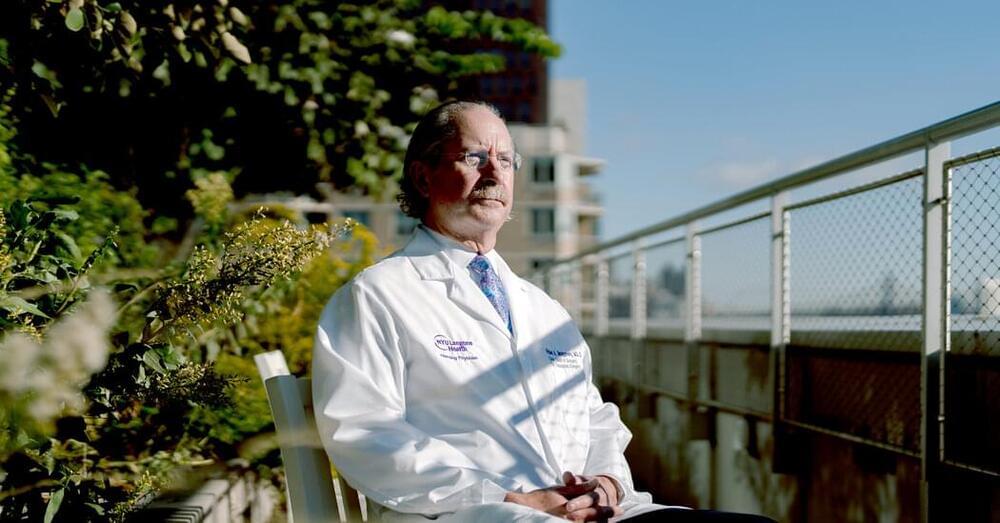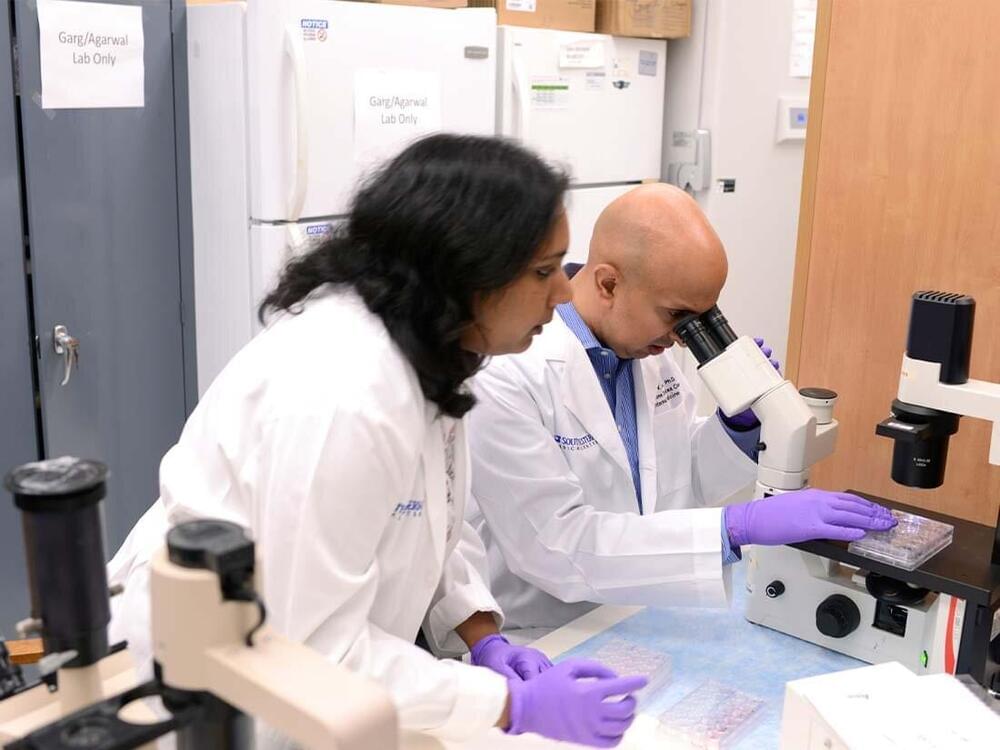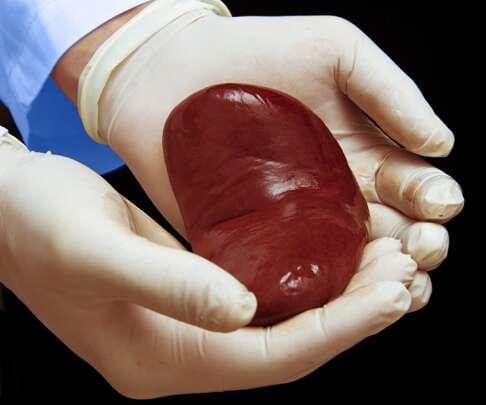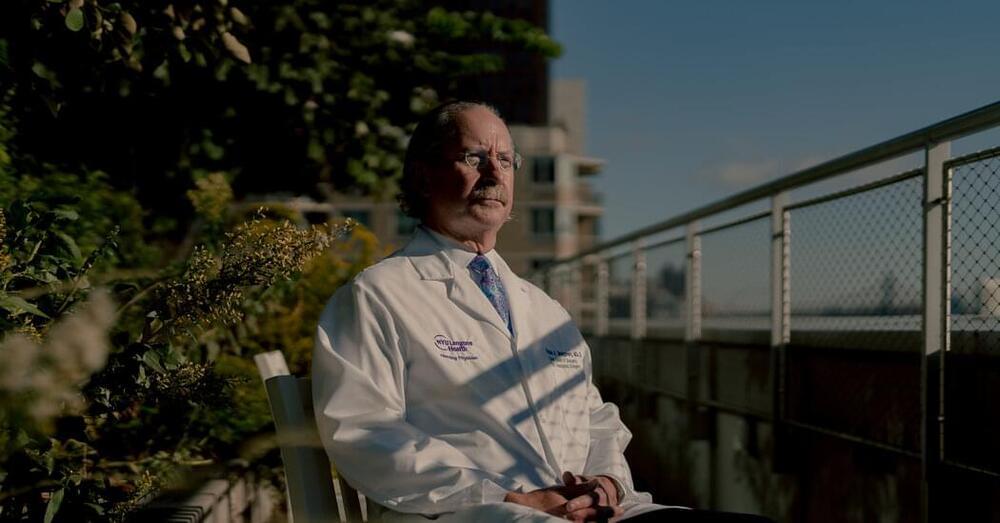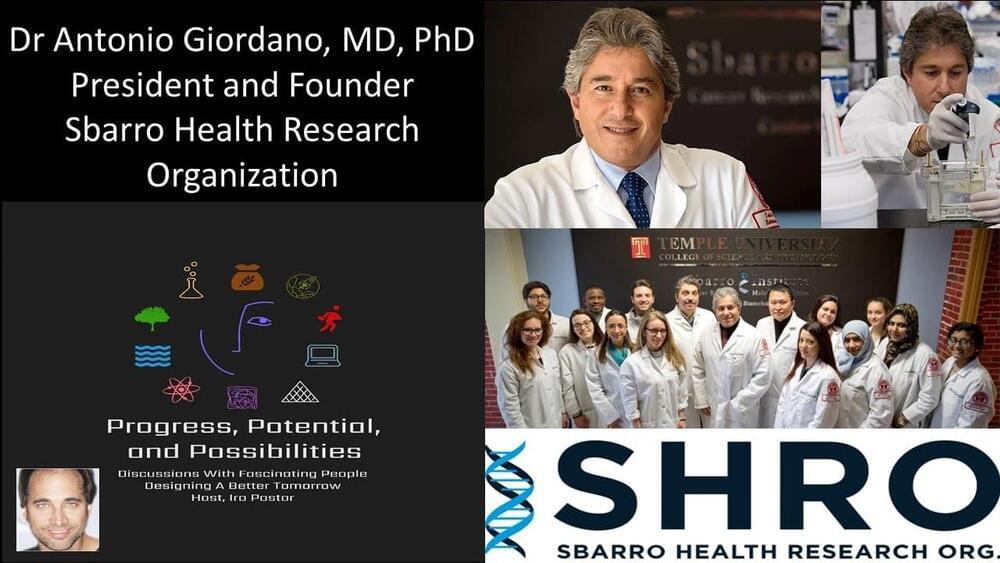Oct 23, 2021
A rapid, accurate, scalable, and portable testing system for COVID-19 diagnosis
Posted by Omuterema Akhahenda in categories: biotech/medical, genetics
Here we report a rapid Scalable and Portable Testing (SPOT) system consisting of a rapid, highly sensitive, and accurate assay and a battery-powered portable device for COVID-19 diagnosis. This device consists of 3D printed casing and internal structure with precise temperature control and fluorescence detection, whereas this assay combines RT-LAMP with an Argonaute protein from hyperthermophilic archaeon Pyrococcus furiosus (PfAgo) capable of precise recognition and cleavage of a target DNA at 95 °C as directed by small 5′-phosphorylated single strand DNA (ssDNA) as guide DNA (gDNA)10,11. Due to the multi-turnover activity of PfAgo, its secondary cleavage mechanism can be harnessed for specific, sensitive, and multiplex nucleic acid detection12,13. For COVID-19 samples, although nasopharyngeal swab and nasal swab samples were recommended for detection of SARS-CoV-2, saliva samples are a more attractive alternative due to the ease, safety, and non-invasive nature of its collection14,15, and its relatively high viral load during the first week of infection16. These benefits enable a saliva sample to be an ideal specimen for reliable and rapid self-detection without professional supervision17,18,19. While current CRISPR-based detection systems normally require 50 min for testing, PfAgo can dramatically speed up the detection process by requiring only 3–5 min for cleavage of amplified products, thereby shortening the total turnaround time for testing to less than 30 min. Moreover, successful PfAgo detection requires at least two sequence-specific cleavages, endowing the SPOT system with high specificity and the ability for multiplexing. Finally, to validate the SPOT system, the sensitivity and accuracy of the SPOT system were determined by using 104 clinical saliva samples.
- please note: The SPOT system also may be useful for detecting genetic markers of certain types of cancer in saliva.
There is a clear need for rapid, accurate and scalable Covid-19 diagnostics. Here the authors use PfAgo to detect viral sequences amplified by RT-LAMP in a handheld battery-powered device.


